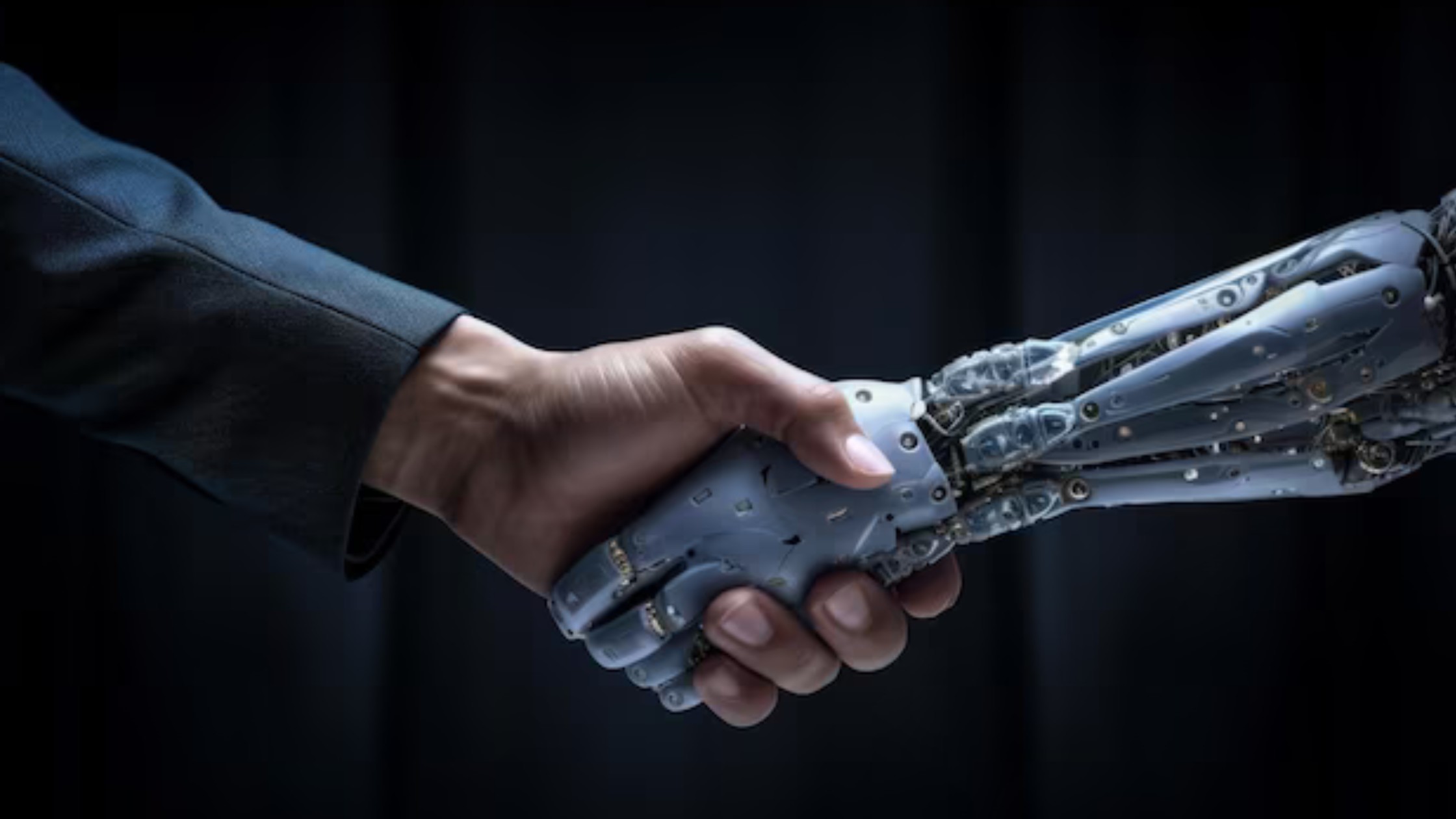In today’s globalized world, communication knows no boundaries. With the rise of Artificial Intelligence (AI) translation technology, language barriers are becoming less of a hindrance. AI translation post-editing is a practice that harnesses the capabilities of AI to produce high-quality translations, with human intervention to refine and perfect the output. Let’s delve into what AI translation post-editing entails and its significance in the realm of language translation.
How can we understand it?
This is a collaborative process that combines the efficiency of machine translation with the linguistic finesse of human editors. It begins with the automatic translation of text by AI algorithms, which analyze and interpret the source content before generating a translated version. However, as powerful as AI may be, it still lacks the nuanced understanding and cultural context that human translators possess.
This is where post-editing comes into play. Human editors, proficient in both the source and target languages, review and refine the machine-generated translation. They correct any errors, ensure coherence and fluency, and adapt the content to align with cultural nuances and linguistic conventions. In essence, this bridges the gap between the speed of machine translation and the precision of human translation.
The Significance of AI translation post-editing
Efficiency
AI translation post-editing streamlines the translation process, significantly reducing the time and effort required to produce accurate translations. By leveraging AI for initial translation, human translators can focus their energy on enhancing the quality of the output rather than starting from scratch.
Cost-Effectiveness
By automating the initial translation phase, this process can lead to cost savings for businesses and organizations. Human translators can work more efficiently, focusing on tasks that require their expertise, while repetitive or routine translation tasks are handled by AI.
Consistency
This also helps maintain consistency across translated content. Once linguistic preferences, terminology, and style guides are established during the post-editing process, they can be applied consistently to future translations, ensuring coherence and uniformity in communication.
Scalability
With the exponential growth of digital content, scalability is crucial in translation processes. It enables organizations to scale their translation efforts rapidly, handling large volumes of content efficiently without compromising quality.
Quality Assurance
While this technology continues to advance, it is not infallible. Human intervention through post-editing ensures that translations meet the highest standards of accuracy, readability, and cultural relevance. It serves as a crucial quality assurance step in the translation workflow.
In conclusion, this represents a harmonious synergy between human expertise and machine efficiency. By combining the strengths of AI-driven translation with the discerning eye of human editors, organizations can achieve unparalleled accuracy, consistency, and scalability in their multilingual communication efforts. As technology continues to evolve, AI translation post-editing stands at the forefront of innovation, breaking down language barriers and fostering global understanding and collaboration.
If your company needs this service, please send us an email to sales@5amtranslations.com and our representatives will be happy to assist you!

